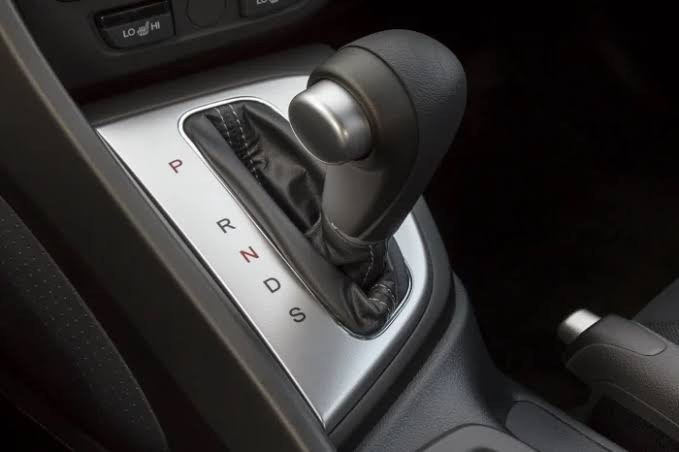An automatic transmission is a complex mechanical system that automatically changes gears to transmit power from the engine to the wheels without manual intervention.
Imagine cruising down the highway, the engine purring effortlessly as you seamlessly shift gears. But have you ever wondered how your automatic transmission, unlike its manual counterpart, knows exactly when to change gears? It's a complex dance orchestrated by a hidden conductor – the Transmission Control Module (TCM). Let's delve into the fascinating world of automatic transmissions and explore the intricate mechanisms that make gear changes smooth and efficient.
The Automatic Operation
Unlike manual transmissions that require driver input for gear selection, automatic transmissions are marvels of modern engineering. Here's a breakdown of the key players:
- Torque Converter: This vital component acts like a fluid coupling, smoothly transferring engine power to the transmission.
- Planetary Gear Set: This intricate set of gears provides a variety of gear ratios for optimal performance during acceleration, cruising, and engine braking.
- Hydraulic System: This network of channels and valves uses transmission fluid (ATF) to control gear engagement based on various factors.
Key Players and Their Roles in Gear Shifting
Several components work together to facilitate gear changes in an automatic transmission:
- Solenoids: These electronically controlled valves regulate fluid flow within the hydraulic system, directing it to specific channels to engage the desired gear set within the planetary gear set.
- Governor: This component monitors engine speed and adjusts hydraulic pressure to ensure smooth shifting at higher RPMs. By controlling pressure, the governor influences how quickly clutches engage within the gear set.
- Sensors: Speed sensors on the input and output shafts, along with a throttle position sensor, provide crucial data to the TCM for optimal gear selection. These sensors monitor factors like engine speed, vehicle speed, and throttle position.
The Transmission Control Module (TCM)
The TCM, also known as the brains of the automatic transmission, plays a critical role in gear selection. Here's how it conducts the symphony:
- Input Reception: The TCM receives signals from various sensors, including engine speed, vehicle speed, throttle position, and even engine temperature.
- Decision Making: Based on this data, the TCM calculates the optimal gear ratio for current driving conditions. It considers factors like acceleration needs, fuel efficiency, and engine load.
- Output Commands: The TCM sends electronic signals to the solenoids within the hydraulic system. These signals control the flow of ATF, directing it to engage the desired gear set and clutch combination.
Causes of Shifting Issues
Several factors can lead to automatic transmission not shifting or experiencing delayed shifts:
- Faulty Solenoids: Electrical problems or mechanical wear within solenoids can disrupt fluid flow, hindering proper gear engagement.
- Hydraulic System Issues: Internal leaks, clogged passages, or low ATF levels can reduce hydraulic pressure, leading to delayed or incomplete gear changes.
- Sensor Malfunctions: Faulty sensors can provide inaccurate data to the TCM, resulting in the selection of incorrect gear ratios.
- TCM Failure: In rare cases, the TCM itself might malfunction, disrupting communication with other components and causing erratic shifting behavior.
Troubleshooting and Repairing
Diagnosing automatic transmission issues can be complex. Here's a basic troubleshooting approach:
- Check ATF Level and Condition: Ensure the ATF level is correct and the fluid isn't burnt or dirty. A simple drain and refill might resolve minor shifting issues.
- Scan for Trouble Codes: Modern vehicles store fault codes that can pinpoint the problem. A scan tool can provide valuable clues regarding malfunctioning components.
- Consult a Mechanic: For complex issues or suspected internal damage, seeking a qualified mechanic is crucial for proper diagnosis and repair. They might employ specialized tools to assess hydraulic pressure, solenoid operation, and sensor functionality.
Conclusion
Automatic transmissions are marvels of engineering, silently optimizing gear changes for a smooth and efficient driving experience. By understanding the key components and the role of the TCM, you can appreciate the intricate dance that takes place under the hood. Regular maintenance, checking ATF levels and condition, and addressing any early warning signs can help prevent problems and keep your automatic transmission shifting seamlessly for miles to come.

Comments (0)
Please login to join the discussion
Be the first to comment on this article!
Share your thoughts and start the discussion